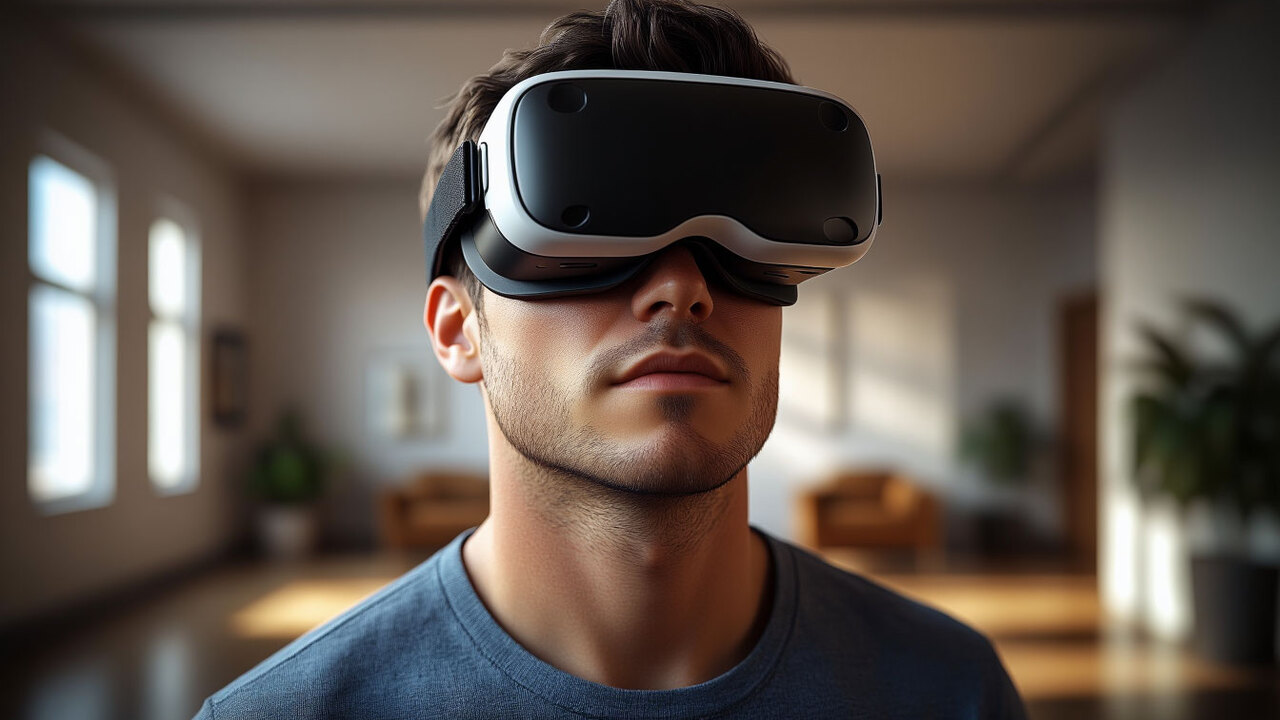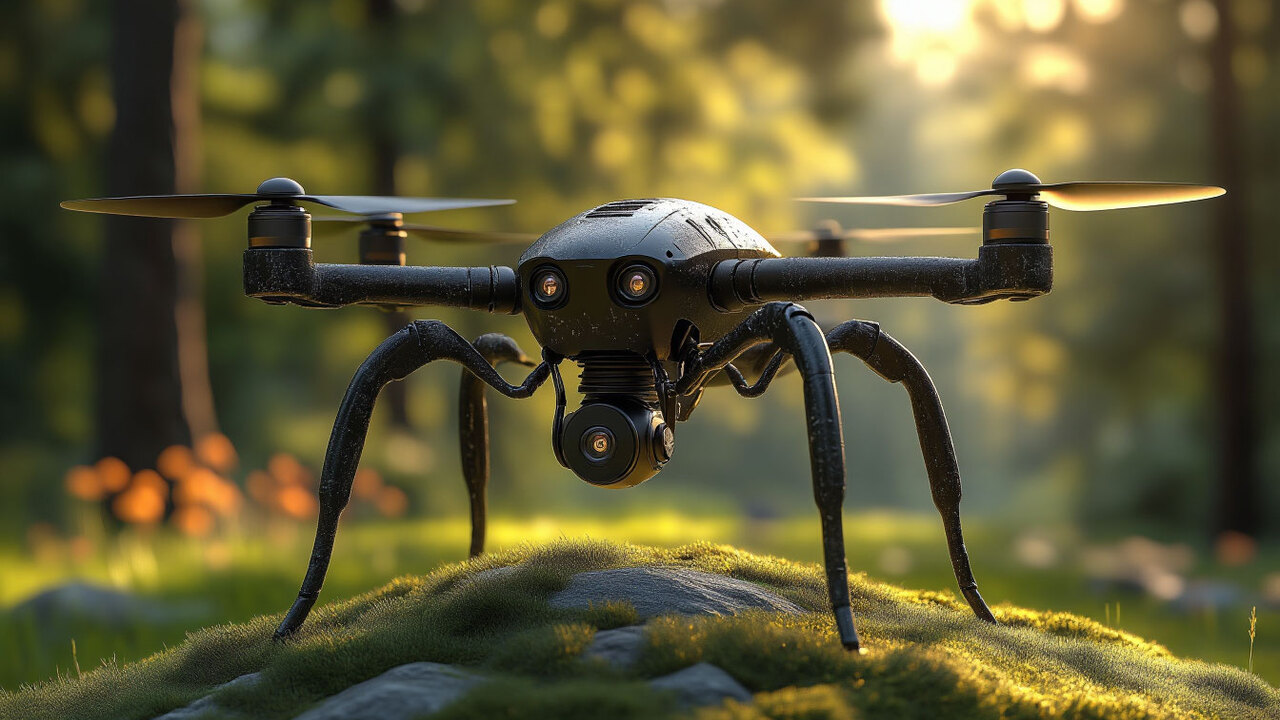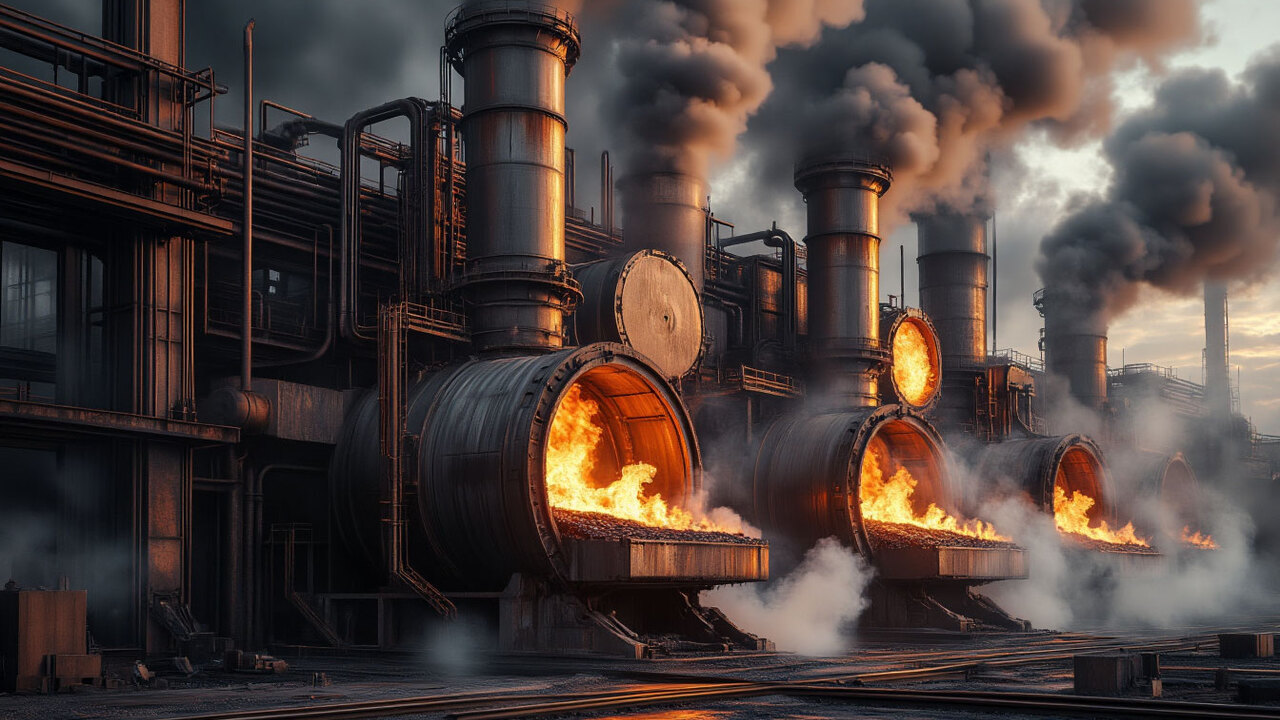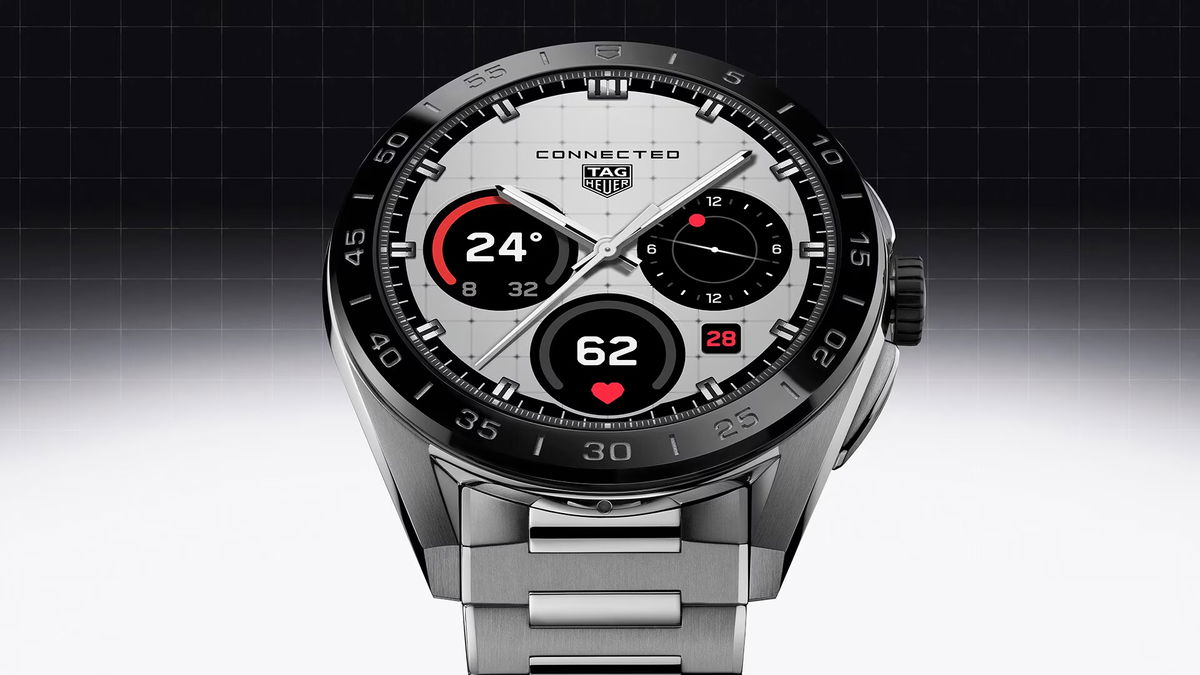This week TecMundo and #AstroMiniBR have selected some of the most relevant astronomical curiosities produced by their collaborators. profile in x To share the fantastic universe of astronomy with you. Check out!
#1: An asteroid colliding with Earth!
I think I saw a kitten???
About 380 million years ago, an asteroid hit Earth in Dalarna, Sweden. The structure called the “Siljan ring” is more than 50 km in diameter and is the largest known impact structure in Europe and among the 20 largest structures on Earth.#AstroMiniBR pic.twitter.com/e3jKMLpjZB
—Mirian Castejon?? (@MirianCastejon) March 27, 2024
Located in central Sweden, the Siljan Ring is an impressive structure that attracts the attention of scientists and geology enthusiasts alike.
This ring, which is approximately 52 kilometers in diameter, It is the result of a cataclysmic cosmic collision that occurred approximately 377 million years ago.. The event that formed the siljan ring is one of the largest known impacts in Europe, and its origin has been the subject of study and debate among scientists.
Compared to other impact craters on Earth, the Siljan ring stands out for its age and size. Although much older than other well-known craters such as the Chicxulub Crater, which is associated with the extinction of dinosaurs approximately 66 million years ago, the Siljan ring remains a remarkable and well-preserved entity.
So this is a An important milestone in understanding the geological history of the Earth and events that have shaped our planet over millions of years.
#2: View of the Earth from different points in space!
To start your holiday right:
Images of the world from different angles ??– LRO probe on the Moon (~385 thousand km)
– DSCOVR mission in L1 (1.52 million km)
– Curiosity robot on Mars (160 million km)
– Voyager 1 mission, beyond the orbit of Neptune (6 billion km)#AstroMiniBR pic.twitter.com/EzbjMZVfRR— Yanna Martins Franco (@martins_yanna) March 29, 2024
The beautiful footage you see above shows our blue planet viewed from different points in space!
The first closest image was taken by the Lunar Reconnaissance Orbiter (LRO), a NASA mission launched in 2009 to explore the Moon.
The second recording, a time-lapse video of the lunar orbit, was made by the DSCOVR (Deep Space Climate Observatory) mission, which was launched in 2015 with the aim of monitoring the Earth and interplanetary space, continuously analyzing the Earth’s climate and measuring variables such as reflected solar radiation. and atmospheric properties.
The third image literally came from another planet! This record was made by the Curiosity probe, part of the Mars Science Laboratory (MSL) mission that landed on Mars in 2012.
Curiosity explored the surface of Mars to find evidence of geological features that indicate possible habitability in the past and present. The results significantly expanded our understanding of the Red Planet and provided important information for future exploration missions.
The last record was made by the Voyager 1 probe, which was launched in 1977 to investigate the outer planets of the Solar System. In 2012, it became the first spacecraft to go beyond the boundaries of the heliosphere and enter interstellar space.
#3: Do you know what mirror aluminization is?
Inside this room, at the Pico dos Dias Observatory #OPDThe pressure is less than 1 billionth of the atmospheric pressure at sea level. This is necessary for the aluminization process of the Observatory telescope mirrors. #AstroMiniBR pic.twitter.com/EZsiG7tVCf
— Deep Sky Project (@CeuProfundo) March 29, 2024
The aluminization process of astronomical telescope mirrors is crucial to ensuring their effectiveness in collecting light and creating sharp images of the cosmos. Aluminization includes application of a highly reflective aluminum layer to the mirror surfaceIt allows it to capture and focus light from stars and other celestial objects.
However, a vacuum environment is required to perform this procedure correctly, as even traces of oxygen or other impurities can compromise the quality of the aluminum coating.
Therefore, instruments from the Pico dos Dias Observatory (MG), similar to those presented in the recordings above, are used to simulate the void. This guarantees Provides a pollutant-free environment and a high-quality optical coating to telescopic mirrors.
Did you like the content? So, always stay up to date with astronomy curiosities at TecMundo. Until later!
Source: Tec Mundo
I’m Blaine Morgan, an experienced journalist and writer with over 8 years of experience in the tech industry. My expertise lies in writing about technology news and trends, covering everything from cutting-edge gadgets to emerging software developments. I’ve written for several leading publications including Gadget Onus where I am an author.













